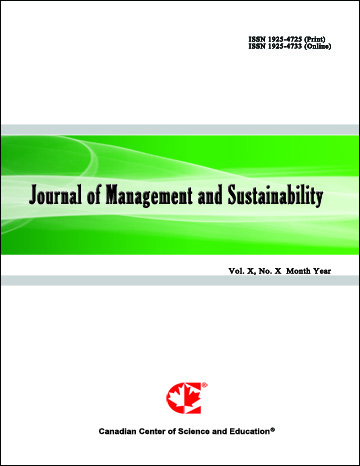Educational Strategies to Increase the Acceptability of Products with Vegetables among Children
- Geovanna R. P. P. Jesus
- Angely V. R. Alvarado
- Luane A. Amaral
- Elisvânia F. Santos
- Daiana Novello
Abstract
This study aimed to evaluate the effect of different educational techniques on the acceptability of products made with spinach among schoolchildren and analyze their physicochemical composition. Muffins and pancakes containing spinach were developed. Two hundred and fifty children were organized into five groups: Control Group (CG), sensory analysis of the products without any educational action; Group 1 (G1), theoretical activity; Group 2 (G2), cooking workshops; Group 3 (G3), implementation and cultivation of school vegetable garden; Group 4 (G4), cooking workshops and implementation of vegetable garden. Then, the children evaluated the food products sensorially. The combination of workshop and garden (G4) increased the acceptability of the muffin for aroma, color, and global acceptance and acceptability index (p < 0.05). The isolated interventions of workshop (G2), garden (G3), and both (G4) improved the acceptance of the taste, with no significant difference between the scores of the groups for appearance and texture in the muffin (p > 0.05). Superior scores for the appearance and aroma of the pancake (p < 0.05) were observed in G4 compared to CG. G4 also showed better acceptance for color, global acceptance, and acceptability index when compared to CG, G1, and G3. Aroma and texture were not influenced by the interventions (p > 0.05). In conclusion, the cooking workshop and the vegetable garden combined are superior in increasing the sensory acceptance of food products to which vegetables with low acceptability among children are added. The preparations have a favorable nutritional profile and can be offered to children.
- Full Text:
 PDF
PDF
- DOI:10.5539/jms.v14n1p132
Journal Metrics
Google-based Impact Factor (2021): 1.54
h-index (July 2022): 37
i10-index (July 2022): 147
h5-index (2017-2021): 12
h5-median (2017-2021): 19
Index
- Academic Journals Database
- ANVUR (Italian National Agency for the Evaluation of Universities and Research Institutes)
- CAB Abstracts
- CNKI Scholar
- EconBiz
- Excellence in Research for Australia (ERA)
- GETIT@YALE (Yale University Library)
- Harvard Library
- HeinOnline
- Infotrieve
- JournalTOCs
- LOCKSS
- MIAR
- PKP Open Archives Harvester
- RePEc
- Scilit
- SHERPA/RoMEO
- Stanford Libraries
- UCR Library
Contact
- Evelyn XiaoEditorial Assistant
- jms@ccsenet.org
